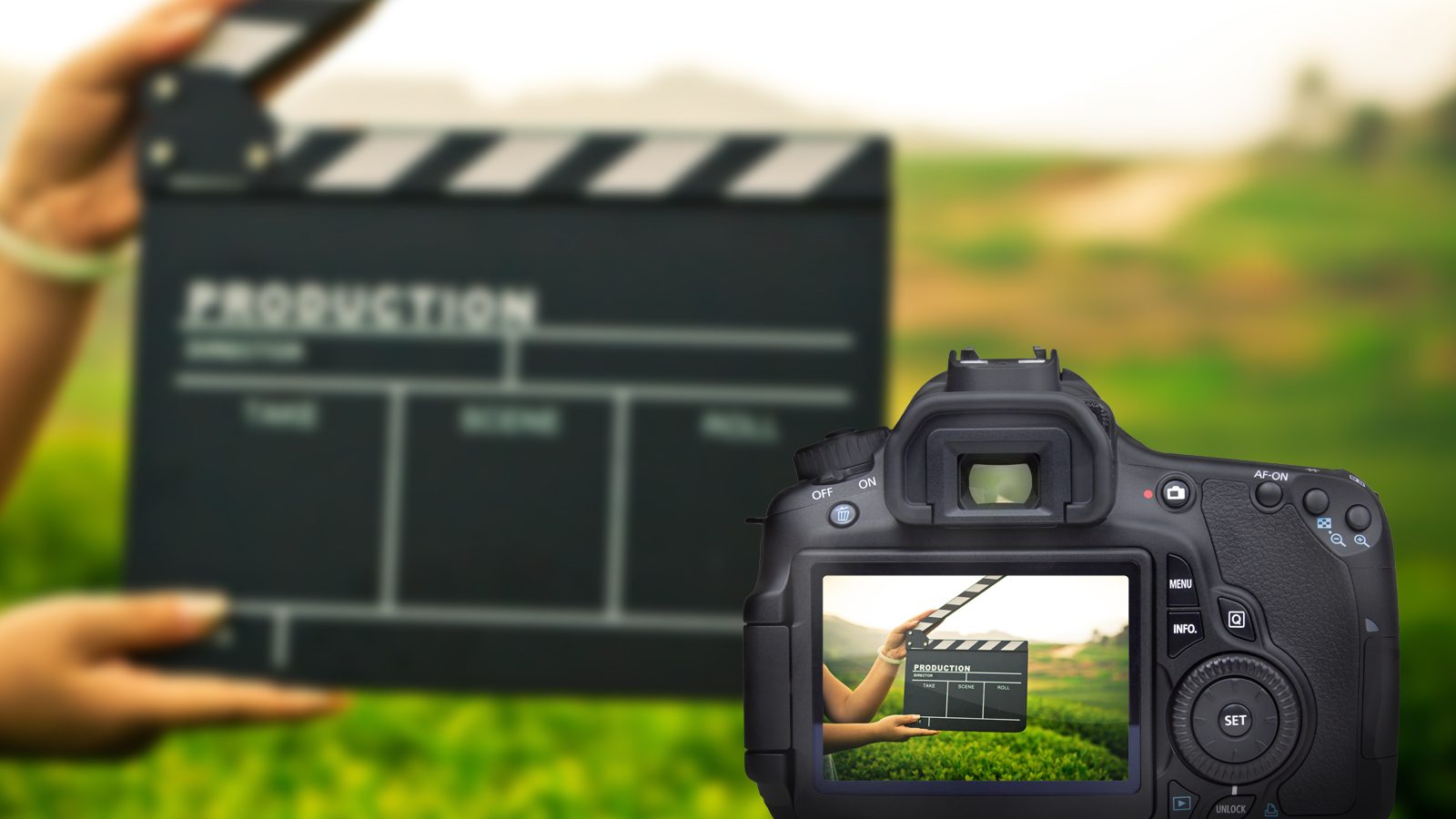
If you love filmmaking, overdosing on popcorn, and waiting in line ups, then you’ve probably seen a film at a film festival before. Festivals have a certain exciting frequency to them as audience members, celebrities and filmmakers all enjoy the same viewing screen. But for a new filmmaker, festivals can be daunting new territory.
InFocus alumni Sarah Race’s student film, Barbarian Press (2016), has been screened at a dozen festivals around North America. Race felt clueless when she entered the festival world—but even though she spent more money on festivals than on the cost of her film, it was all worth it. “To me, it was all about the experience, about all the amazing people I met, how awesome people were, and all the learning curves,” said Race.
Race was encouraged to submit Barbarian Press (2016) by her InFocus instructors, and her film won official selection at Hot Docs in 2016. The decision to take the festival route has been very beneficial for her networking but has limited the potential audience for her film, as opposed to if she had posted her films on an online platform like Youtube. “Film festivals only have a very small audience of a specific sort of people that go to film festivals,” she said.
Read more




















